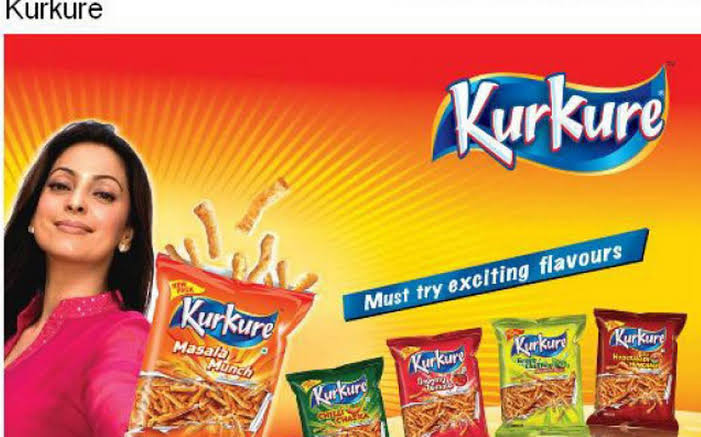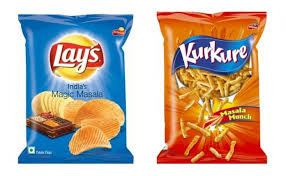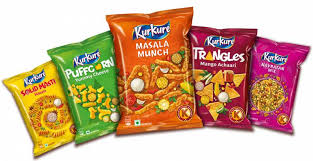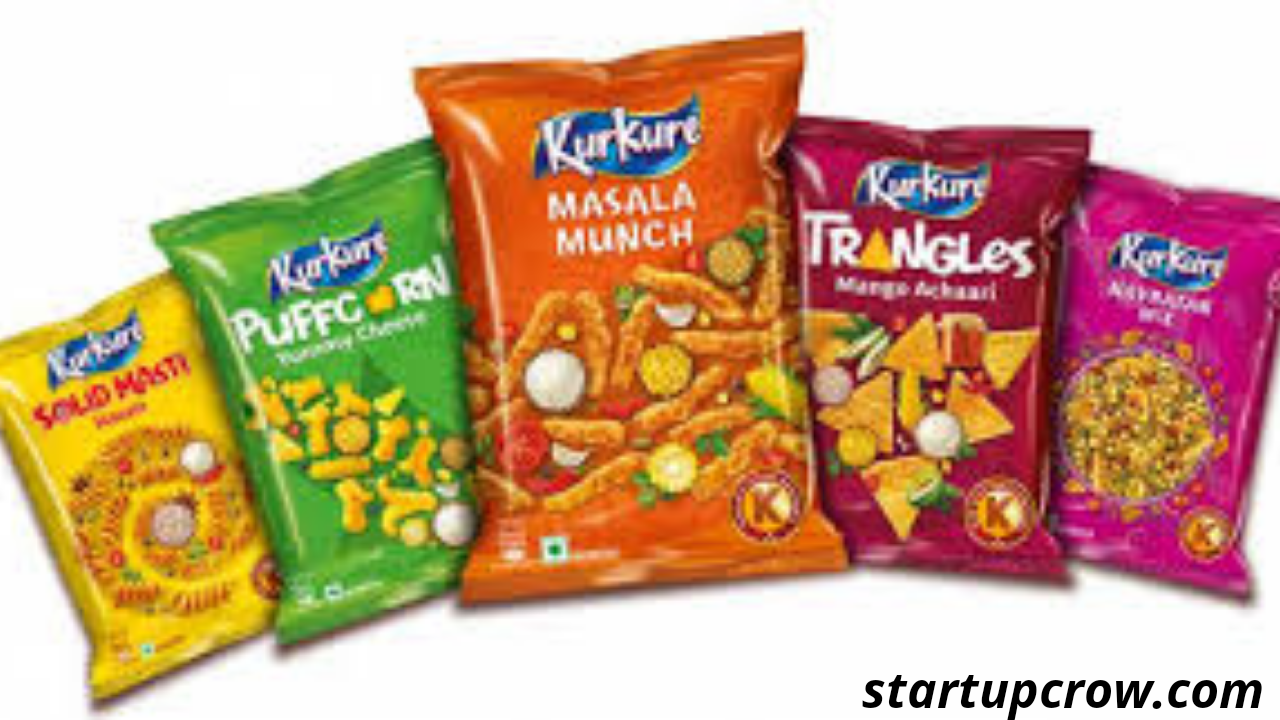Dispatched in 1999, through joint efforts with notable Indian entertainers, this ‘namkeen’ nibble Kurkure, set up in India, has attempted to build up a more grounded personality. Indian entertainer superstar Juhi Chawla was highlighted in publicizing for Kurkure in 2004. Kurkure started promotions in 2012 with Parineeti Chopra, Kunal Kapoor, Boman Irani, Ramya Krishnan, and Farida Jalal.
Slice to 2020, Not just has Kurkure figured out how to suffer and arrange exciting bends in the road more than twenty years into the excursion, yet it has likewise gotten assorted. PepsiCo India saw a decrease in drink income for the financial finished March 2020, the information for which was as of late documented, which hauled the general income to Rs5.264 crore contrasted with Rs6.257 in the past monetary year. The food business was the brilliant side of the image. The organization asserted in its media discharge this month, “Income expanded because of solid development in [the] Kurkure portfolio, Lay’s and Doritos.”

Throughout the long term, Kurkure, PepsiCo India’s first local brand to record over Rs1,000 crore in deals a couple of years back, has expanded in scale. Ramon Laguarta, executive and CEO of Global Foods and Beverages Major, recorded “solid single-digit development in India” in his second from last quarter income distributed early this month. Experts gauge that the development of PepsiCo in India is expected to a great extent to the food portfolio drove by Lay’s and Kurkure.
Read also CBSE Launched Facial Recognition To Identify Class 10, 12 Students!
How the promoting and notice venture started in 2000 was an idiosyncratic interpretation of Indian families, when Kurkure dispatched the principal crusade with the trademark ‘kya karein, control nahin hota (can’t control, what to do).’ While the story was based around the ‘quality’ used by the house’s relative, the hilarious portrayal made it interesting for the whole family. The brand prevailing with regards to deciphering the social code. The accentuation stayed on saas-bahu chat for the following four years and Kurkure possessed the board of a brand established in the fun (Masti) and family time in 2004.

Accordingly, a need was felt for the brand to involve a particular period in the day of a family. They were focusing in on break time. The idea was basic: more Indian families were getting atomic in the mid 2000s, and the time spent together was decreasing even in joint families.
The ‘tedha hai standard mera hai’ crusade with Chawla in 2008 end up being a defining moment for the brand three years after the fact. It comprehended the idea of blemish in a family and praised it. “With clients, the promotion struck an enthusiastic line. An acclaimed brand has become a very much adored brand,
Kurkure confronted another turn in the story in 2008, similar to each family dramatization: the plastic contention. An existential problem end up being gossip that the tidbit contained plastic. Deals got destroyed and clients got uncertain. PepsiCo went into harm the executives mode: the organization did everything it could to deal with the circumstance, from field outings to plants and battling theory via web-based media to imparting straightforwardly to clients. “The plastic question,” “made the organization more brilliant and more insightful.” The organization started to discuss the fixings that make the food.
The market chief additionally needed to fight against certified nearby contenders who were brought into the market as a result of Kurkure’s enormous achievement: somewhere in the range of 2009 and 2012, an expected 3,000 brands showed up. The fight was likewise originating from provincial players with heave, for example, Balaji Foods, Yellow Diamond, DFM Foods, Haldiram’s, and Bikanerwala. Not to overlook ITC’s Tedhe Medhe.

To battle the challengers, PepsiCo India stepped on the imagination pedal. Through regionalization and restriction, they turned out appetizing flavors and gave it a dish India fascination, “says KS Narayanan, a food and refreshment master.” Though masala crunch, bean stew chatka, green chutney style, and puffcorn became hits in North India, the South got snared on wicked tomatoes and Hyderabadi hungama, what came straightaway and proceeds even now is a battery of flavors for various pieces of the world.
Kurkure as a brand has sorted out their mantra which has turned out for them generally. Encapsulating the soul of India, Kurkure has situated itself as ‘The Made in India Brand’ who knows their game and they realize how to dominate at it.

